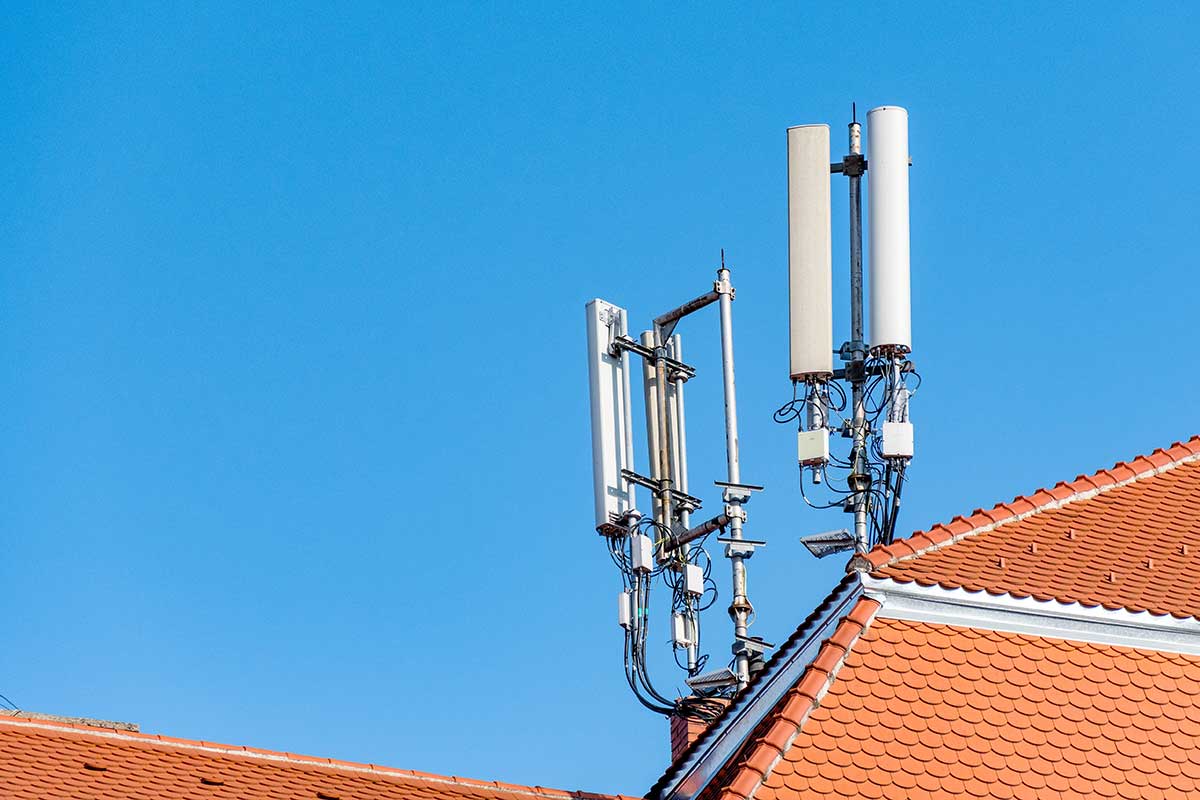Telenor and Telia have previously both announced that the 2G network will be shut down by 2025. For Telenor, this will be at the end of 2025 and for Telia, during 2025. This means that mobile technologies such as GSM, GPRS, EDGE, and SMS over 2G will no longer be available in the near future.
Both operators recommend migrating from 2G to the 4G or 5G network. Today, there is support for 4G at all base stations in Norway, and the rollout of 5G is well underway. IoT technologies such as LTE-M and NB-IoT are an integrated part of the 4/5G network and will be the recommended replacement for M2M communication which currently uses the 2G network. Note that SMS will still be supported over 4/5G.
The phase-out will occur gradually, in the same way as the phase-out of 3G in 2020, and contact your mobile operator for more information about the plans. Here you can find information from NKOM, Telenor, and Telia:
- https://nkom.no/fysiske-nett-og-infrastruktur/informasjon-om-slukking-av-2g-i-2025#generell_informasjon_om_slukkingen_av_2gnettene
- https://www.telenor.no/bedrift/iot/2g-fases-ut/
- https://www.telia.no/nett/2g-utfasing/
What does this entail for users in the power industry?
Voice over 2G is replaced by 4/5G and there are probably not many who use phones that do not support 4G today. Phones that only support 2G today must be replaced by devices that support 4/5G.
However, there are still many devices that use M2M communication over the 2G network and which must migrate to the 4/5G network. The 4/5G network is IP-based and this introduces challenges with security that must be handled satisfactorily. Today’s dial-up solution over GSM will migrate to a solution that is always on, which communicates over the Internet, and therefore secure communication must be established between the devices that are to communicate. This is usually done using a secure communication service (M2M VPN) provided by mobile operators and other communication providers. The service uses encryption and authentication of the traffic to ensure that this becomes a closed service that is only available to the user.
Devices equipped with an external 2G modem/router must replace this with one that supports the 4/5G network. In addition, in some cases, it may be necessary to replace the antenna since the 4/5G network uses different frequencies than the 2G network. Devices that contain an internal 2G modem must either be replaced or equipped with an external 4/5G device.
Contact Scanmatic for advice and assistance with the migration from 2G to 4/5G. Scanmatic has been delivering communication solutions to the power industry since its establishment in 1971, and we would like to contribute to making this migration as painless as possible. We also recommend checking if there are other updates/improvements to the devices that can be made at the same time.
